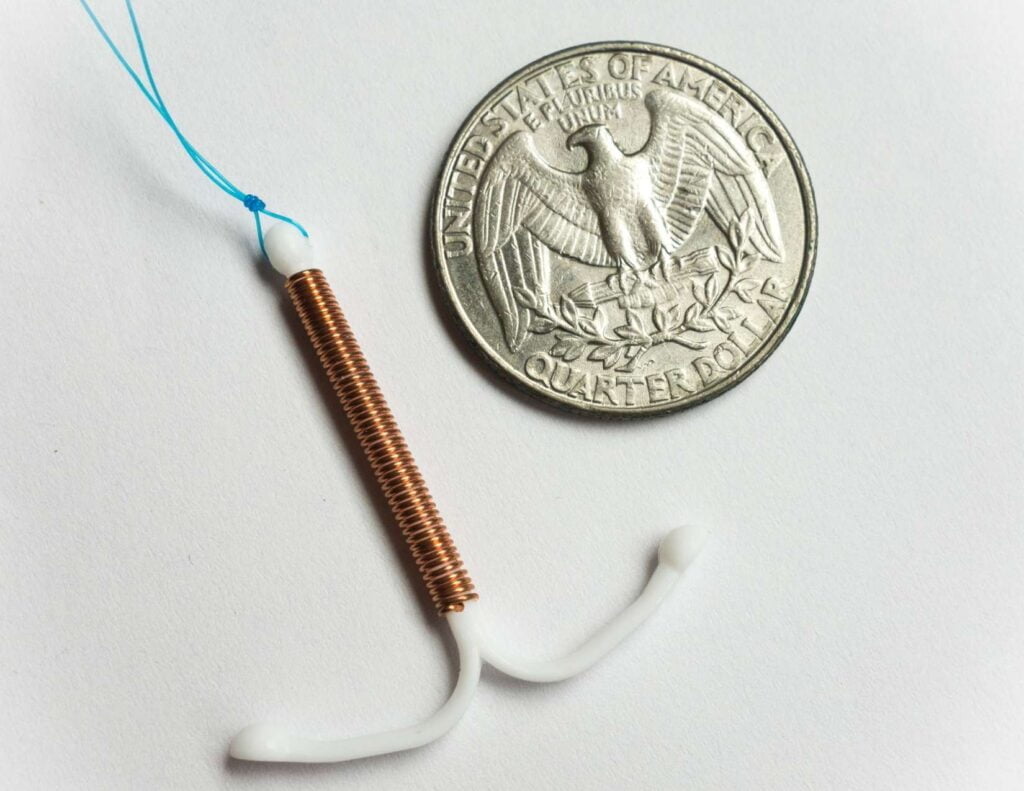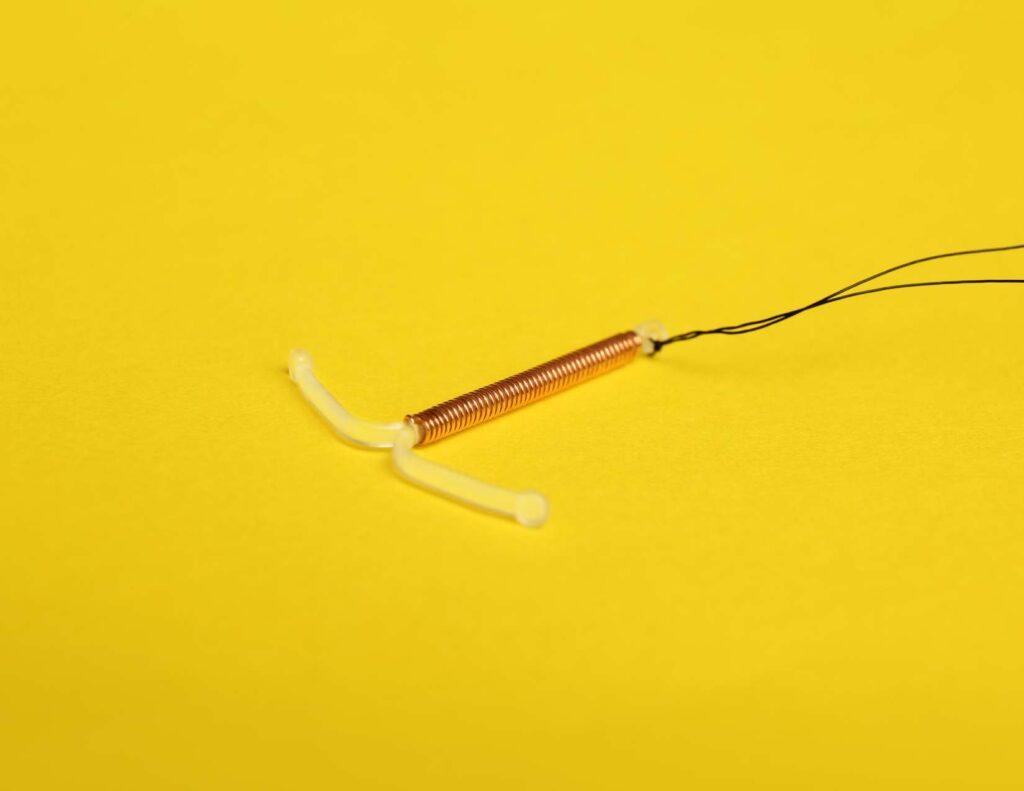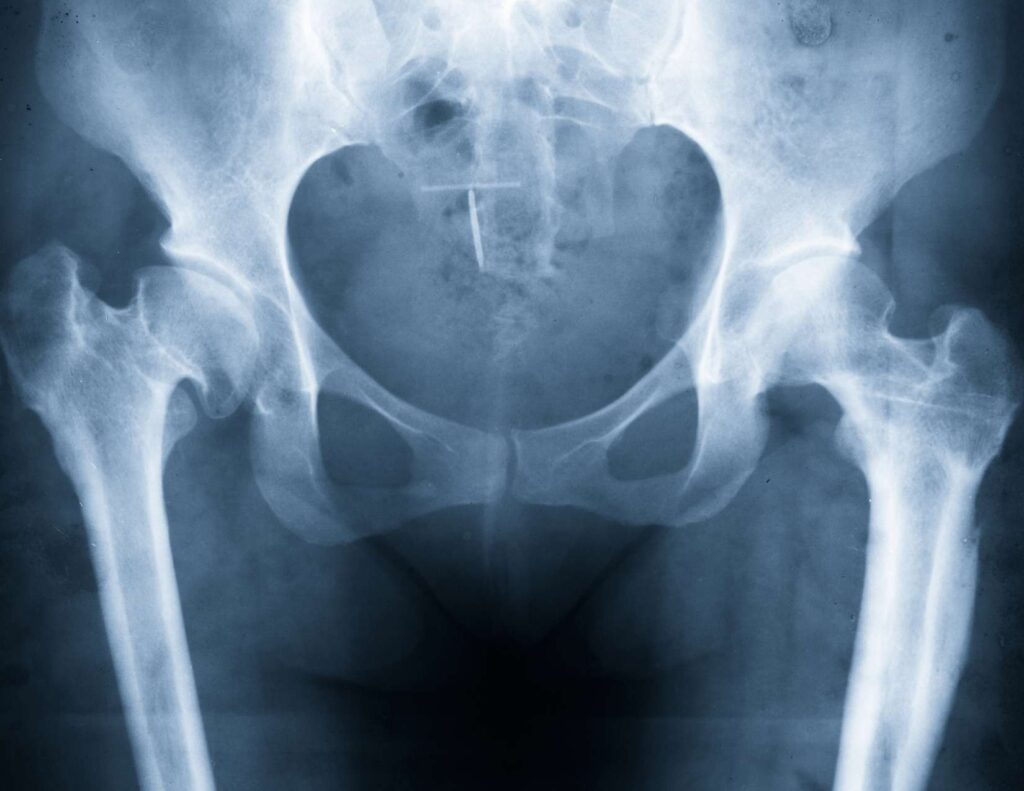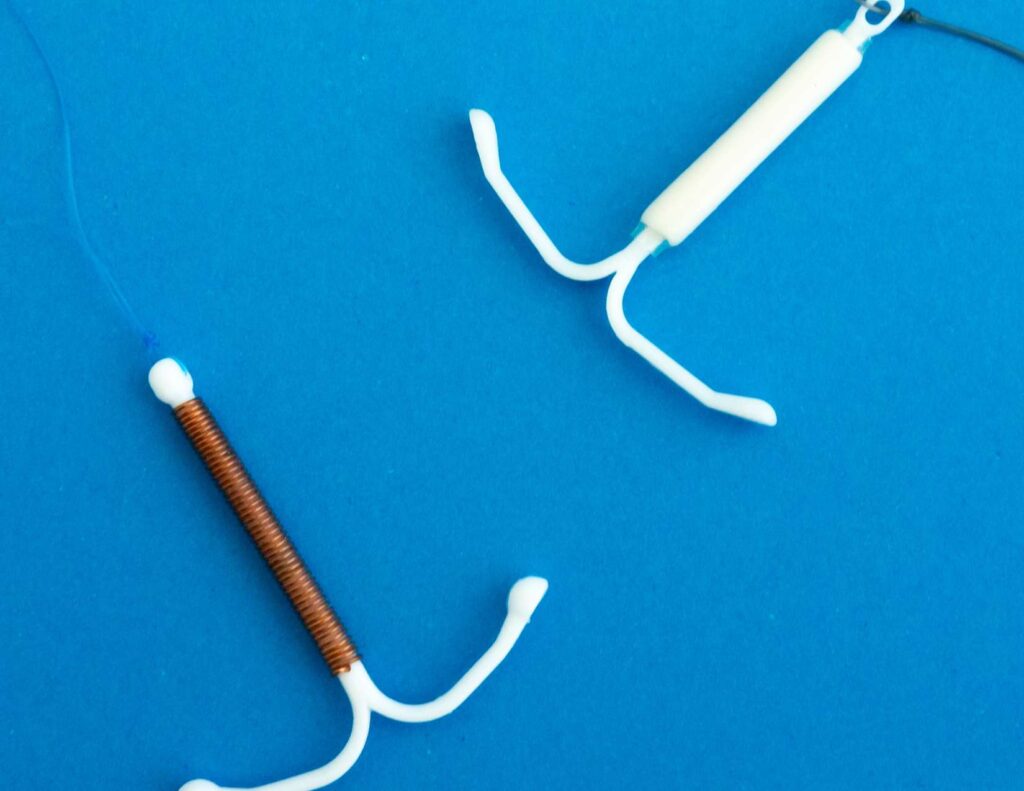The Surprising Link Between IUDs and Sciatic Nerve Pain
Are you experiencing sciatic nerve pain and wondering if it could be related to your IUD? If so, you’ve come to the right place. In this article, we will explore the potential connection between IUDs and sciatic nerve pain, providing you with valuable insights and information to help you understand and address this issue. While IUDs are generally considered safe and effective forms of contraception, some women have reported experiencing sciatic nerve pain after insertion. We will dive into the possible causes of this pain, discuss common symptoms, and explore potential treatment options.
Whether you’re considering getting an IUD or already have one and are experiencing sciatic nerve pain, this article will serve as your comprehensive guide, empowering you to make informed decisions and find relief. So, let’s dive in and uncover the truth about IUDs and sciatic nerve pain!

Table of Contents
What is an IUD and how does it work?
As a woman, there are several birth control options available to you. One popular choice is the intrauterine device, commonly known as an IUD. An IUD is a small, T-shaped device that is inserted into the uterus to prevent pregnancy. It works by releasing either hormones or copper, which creates an inhospitable environment for sperm and prevents fertilization.
There are two types of IUDs: hormonal and non-hormonal. Hormonal IUDs release a small amount of progestin, which thickens the cervical mucus and thins the lining of the uterus, making it difficult for sperm to reach the egg. Non-hormonal IUDs are wrapped in copper, which produces an inflammatory response that is toxic to sperm.

Understanding sciatic nerve pain
Sciatic nerve pain, also known as sciatica, is a condition that occurs when the sciatic nerve, which runs from the lower back down the back of each leg, becomes irritated or compressed. This can cause pain, numbness, and tingling in the lower back, buttocks, and legs. Sciatica is often caused by a herniated disc, spinal stenosis, or muscle imbalances.
The symptoms of sciatic nerve pain can vary from person to person. Some may experience a mild, achy pain, while others may feel a sharp, shooting pain that radiates down the leg. The pain can be constant or intermittent, and it may worsen with certain activities such as sitting or standing for long periods of time.
Can an IUD cause sciatic nerve pain?
While it is possible for an IUD to cause sciatic nerve pain, it is a rare occurrence. The placement of an IUD involves inserting the device into the uterus, which is located in the pelvic area. The sciatic nerve, on the other hand, is located in the lower back and runs down the legs. In most cases, the two are not directly related.
However, there have been some reported cases of women experiencing sciatic nerve pain after getting an IUD. It is believed that this may be due to the position of the uterus and the IUD causing pressure on the sciatic nerve. Additionally, hormonal changes caused by the IUD may also contribute to inflammation and nerve sensitivity, leading to sciatic pain.
If you are experiencing sciatic nerve pain after getting an IUD, it is important to consult with your healthcare provider. They can evaluate your symptoms and determine the cause of your pain. It may be necessary to remove the IUD if it is determined to be the cause.

Managing discomfort: Tips and home remedies
If you are experiencing sciatic nerve pain caused by an IUD, there are several tips and home remedies that may help alleviate your discomfort. It is important to note that these remedies may not work for everyone, and it is best to consult with your healthcare provider for personalized advice. Here are a few options you can try:
- Heat and cold therapy: Applying a heating pad or ice pack to the affected area can help reduce inflammation and provide temporary relief from pain.
- Gentle stretching: Engaging in gentle sciatic nerve stretching exercises can help alleviate muscle tension and improve flexibility. However, it is important to avoid any movements that cause pain or discomfort.
- Over-the-counter pain medication: Nonsteroidal anti-inflammatory drugs (NSAIDs), such as ibuprofen or naproxen, can help reduce inflammation and provide temporary pain relief. However, it is important to follow the recommended dosage and consult with your healthcare provider before taking any medication.
- Physical therapy: Working with a physical therapist can help you develop a customized exercise program to strengthen your muscles and improve your posture, which can alleviate sciatic nerve pain.
- Stress management: Stress can exacerbate sciatica pain, so finding healthy ways to manage stress, such as deep breathing exercises, meditation, or yoga, may help reduce sciatic nerve pain.
Remember, these remedies are not a substitute for medical advice. It is important to consult with your healthcare provider before trying any new treatments.

Seeking medical help for sciatic nerve pain caused by an IUD
If your sciatic nerve pain caused by an IUD persists or worsens despite trying home remedies, it is important to seek medical help. Your healthcare provider can assess your symptoms and recommend appropriate treatment options. They may suggest:
- IUD removal: If it is determined that the IUD is causing your sciatic nerve pain, your healthcare provider may recommend removing it.
- Pain medication: In some cases, your healthcare provider may prescribe stronger pain medication to help manage your sciatic nerve pain.
- Physical therapy: A physical therapist can help you develop a personalized exercise program to strengthen your muscles and alleviate your pain.
- Injections: In certain cases, your healthcare provider may recommend corticosteroid injections to reduce inflammation and alleviate sciatic nerve pain.
Remember to be open and honest with your healthcare provider about your symptoms and concerns. They are there to help you find relief.
Alternative birth control options for individuals with sciatic nerve pain
If you are experiencing sciatic nerve pain caused by an IUD and are considering alternative birth control options, there are several options to consider. It is important to discuss these options with your healthcare provider to determine the best choice for you. Here are a few alternatives:
- Birth control pills: Oral contraceptives, commonly known as birth control pills, are a popular choice for many women. They work by preventing ovulation and thickening the cervical mucus, making it difficult for sperm to reach the egg.
- Patch or vaginal ring: The birth control patch and vaginal ring are both hormonal methods of contraception that are applied or inserted once a month. They release hormones into your body to prevent pregnancy.
- Barrier methods: Barrier methods, such as condoms or diaphragms, physically prevent sperm from reaching the egg. These methods do not require hormonal intervention and may be a suitable option for individuals with sciatic nerve pain.
- Tubal ligation or vasectomy: If you are certain that you do not want to have children in the future, surgical options such as tubal ligation for women or vasectomy for men can provide a permanent form of contraception.

Talking to your healthcare provider about your concerns
If you are experiencing sciatic nerve pain caused by an IUD or have concerns about the potential side effects, it is important to have an open and honest conversation with your healthcare provider. They can provide you with the information you need to make an informed decision about your birth control options.
Before your appointment, make a list of questions and concerns you have. This can help ensure that you address all of your concerns during your appointment. Some questions you may want to consider asking include:
- Can an IUD cause sciatic nerve pain?
- What are the potential risks and side effects of an IUD?
- Are there any alternative birth control options that may be better suited for me?
- How effective is an IUD in preventing pregnancy?
- What are the steps involved in IUD insertion and removal?
- What are the potential complications of IUD insertion and removal?
- How long does it usually take for sciatic nerve pain to resolve after IUD removal?
- How common are Mirena IUD lower back pain and sciatica complications?
- How common are copper IUD lower back pain and sciatica complications?
- How often does sciatica and pelvic pain happen after an IUD insertion?
Remember, your healthcare provider is there to support and guide you. They can help you make an informed decision about your birth control options and provide the necessary care if you are experiencing sciatic nerve pain.

Personal stories: Real-life experiences of individuals with sciatic nerve pain and IUDs
Hearing about the experiences of others who have gone through similar situations can be helpful and comforting. Here are a few real-life stories from individuals who have experienced sciatic nerve pain caused by an IUD:
- Sarah’s Story: Sarah had been using an IUD for several years without any issues. However, she started experiencing sciatic nerve pain a few months after getting her IUD. After consulting with her healthcare provider, it was determined that the IUD was causing the pain. She decided to have it removed and her sciatic nerve pain gradually improved over time.
- Emily’s Story: Emily had an IUD inserted after the birth of her second child. A few weeks later, she started experiencing severe sciatic nerve pain. She initially thought it was unrelated to her IUD, but after researching online and reading about similar experiences, she decided to consult with her healthcare provider. It was determined that the IUD was causing the pain, and she opted to have it removed. She then experienced immediate relief from sciatic pain.
These personal stories highlight the importance of seeking medical help if you are experiencing sciatic nerve pain caused by an IUD. Remember, everyone’s experience is unique, and it is important to consult with your healthcare provider for personalized advice.
Frequently asked questions about IUDs and sciatic nerve pain
- Can an IUD cause sciatic nerve pain?
While rare, it is possible for an IUD to cause sciatic nerve pain. If you are experiencing sciatic nerve pain after getting an IUD, it is important to consult with your healthcare provider.
- How long does sciatic nerve pain caused by an IUD last?
The duration of sciatic nerve pain caused by an IUD can vary from person to person. It may subside shortly after the IUD is removed, or it may take some time for the pain to resolve.
- What are the alternative birth control options for individuals with sciatic nerve pain?
There are several alternative birth control options available for individuals with sciatic nerve pain, including birth control pills, patches, vaginal rings, and barrier methods. Discuss these options with your healthcare provider to determine the best choice for you.
- Can physical therapy help with sciatic nerve pain caused by an IUD?
Physical therapy can be beneficial in managing sciatic nerve pain caused by an IUD. A physical therapist can develop a personalized exercise program to strengthen your muscles and alleviate your pain. A chiropractor can also help ease the symptoms of sciatica by performing adjustments to the spine or other areas.
- Is it safe to remove an IUD on my own if I am experiencing sciatic nerve pain?
It is not recommended to remove an IUD on your own. It is important to consult with your healthcare provider for proper removal and to ensure your safety.
Remember, these are general answers to frequently asked questions. It is important to consult with your healthcare provider for personalized advice based on your specific situation.

Finding relief and making informed decisions
Experiencing sciatic nerve pain caused by an IUD can be a challenging and uncomfortable situation. However, by becoming aware of the correlation, exploring alternative birth control options, and having open and honest conversations with your healthcare provider, you can find relief and make informed decisions about your birth control choices.
Remember, everyone’s experience is unique, and what works for one person may not work for another. It is important to consult with your healthcare provider for personalized advice tailored to your specific needs and concerns.






